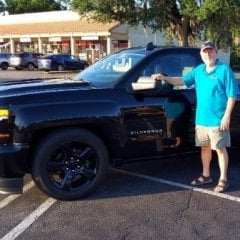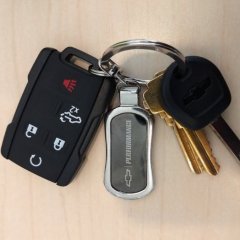-
Similar Content
-
- 0 replies
- 1,501 views
-
- 4 replies
- 1,584 views
-
- 5 replies
- 1,045 views
-
- 2 replies
- 1,115 views
-
- 1 reply
- 2,773 views
-
-
Recently Browsing 0 members
- No registered users viewing this page.
-
Forum Statistics
246k
Total Topics2.6m
Total Posts -
Member Statistics
-
Who's Online 2 Members, 0 Anonymous, 659 Guests (See full list)


















Recommended Posts
Join the conversation
You can post now and register later. If you have an account, sign in now to post with your account.